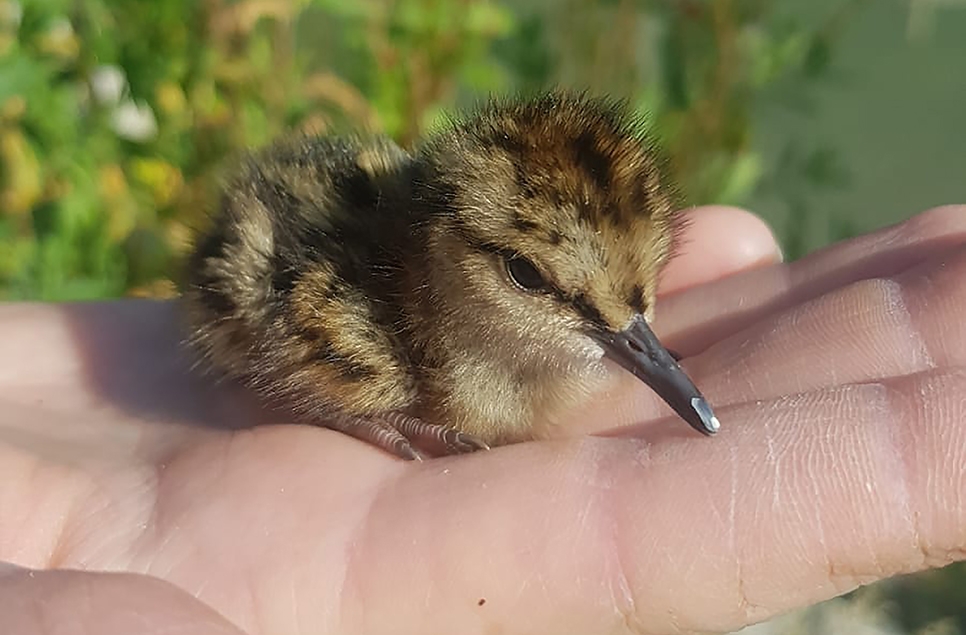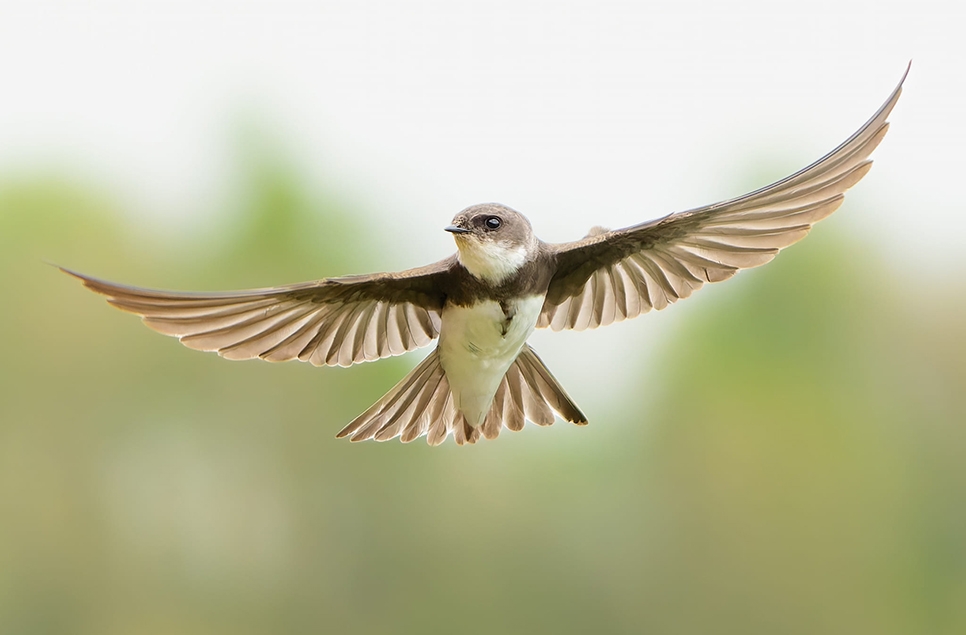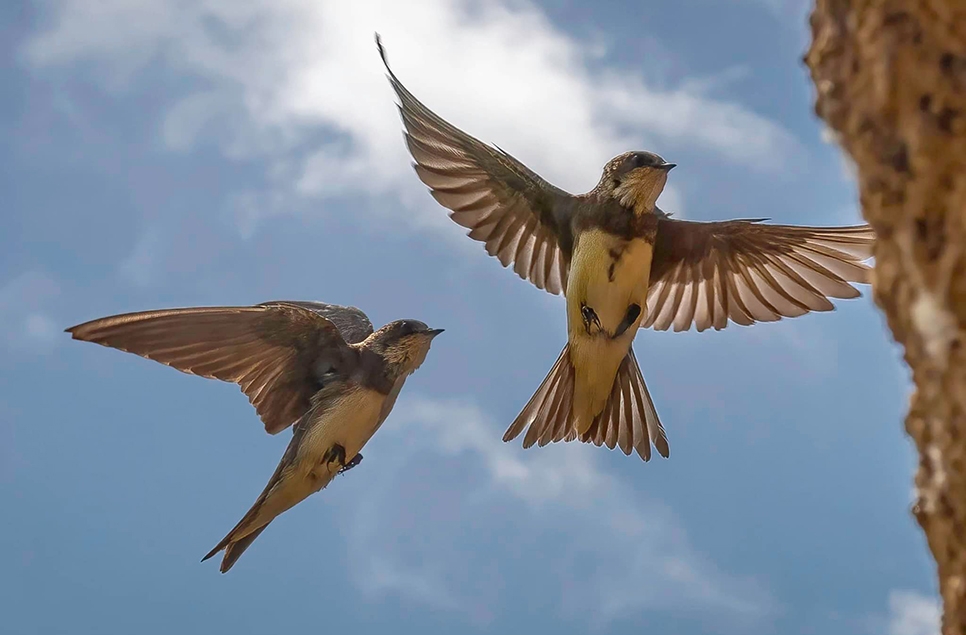Exotic geese return to WWT Arundel
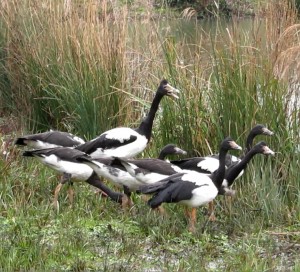
A gaggle of exotic geese returned to the collection at Arundel Wetland Centre on Wednesday (Jan 29) afternoon. High water levels earlier this month forced WWT Arundel to move 60 of its geese to WWT Slimbidge in Gloucestershire. Geese need lots of grass for grazing so when exhibit pens took on water the decision was made to move some birds. Trained staff transported the geese by van, inside large plastic crates. Over 450 wildfowl from the collection remained at the Arundel Wetland Centre in January.
Visitor's favourite Basil and his brood of Australian magpie geese were part of the group that returned home to WWT Arundel on Wednesday. Clan patriarch Basil, easily identified by the large crest on his head, and the rest of the family can be seen in the Trumpeter Pen until March, when they will return to our World Wildfowl exhibit. Basil became famous for chasing staff and visitors away from magpie geese nests during breeding season.
Mr. and Mrs. Christmas, with their consort Miss Spring, also came back to their home at Arundel Wetland Centre on Wednesday. WWT staff gave the pair of nene Hawaiian geese this nickname because of the green and red leg tags that identify them. Miss Spring, with a white tag, follows the couple and last year laid eggs in their nest. These three join the three nene geese that remained on the reserve in January.
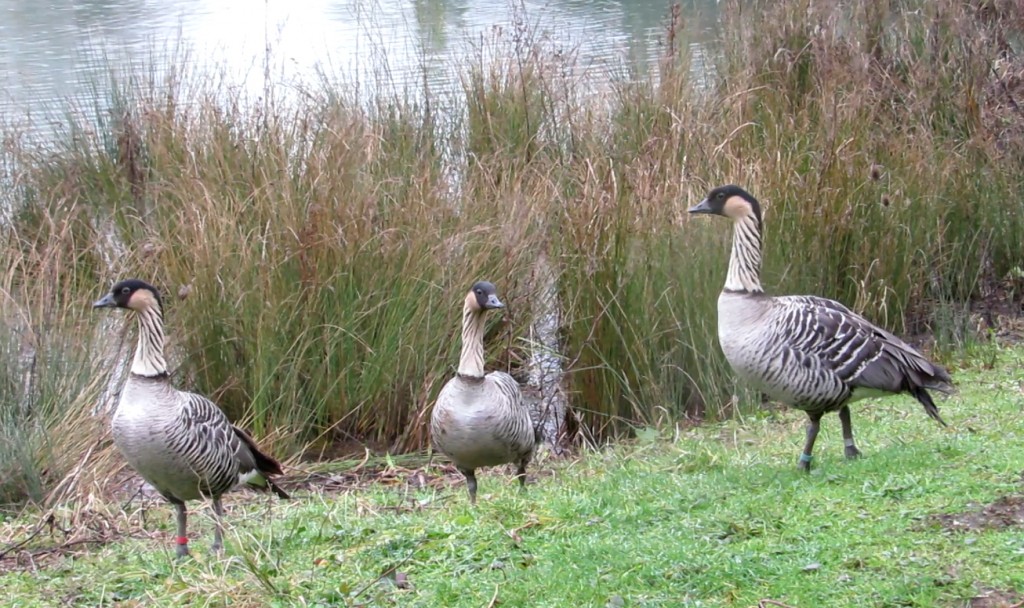
Ten nene geese from WWT Arundel’s collection will stay at WWT Slimbridge until April. Hawaiian geese still run on Hawaiian time and January and February are their prime laying periods. The rest of WWT Arundel’s nene flock are heavy with eggs with some are already nesting at WWT Slimbridge so they can’t be moved.
A small flock of six South American Orinoco geese also returned to WWT Arundel and were released into the Lakes & Forest exhibit along with the nene geese.
WWT Arundel Wetland Centre is once again fully open for visitors. The rest of the WWT Arundel’s geese, including the flock of endangered red-breasted geese, will be brought back to the wetland centre in March.
